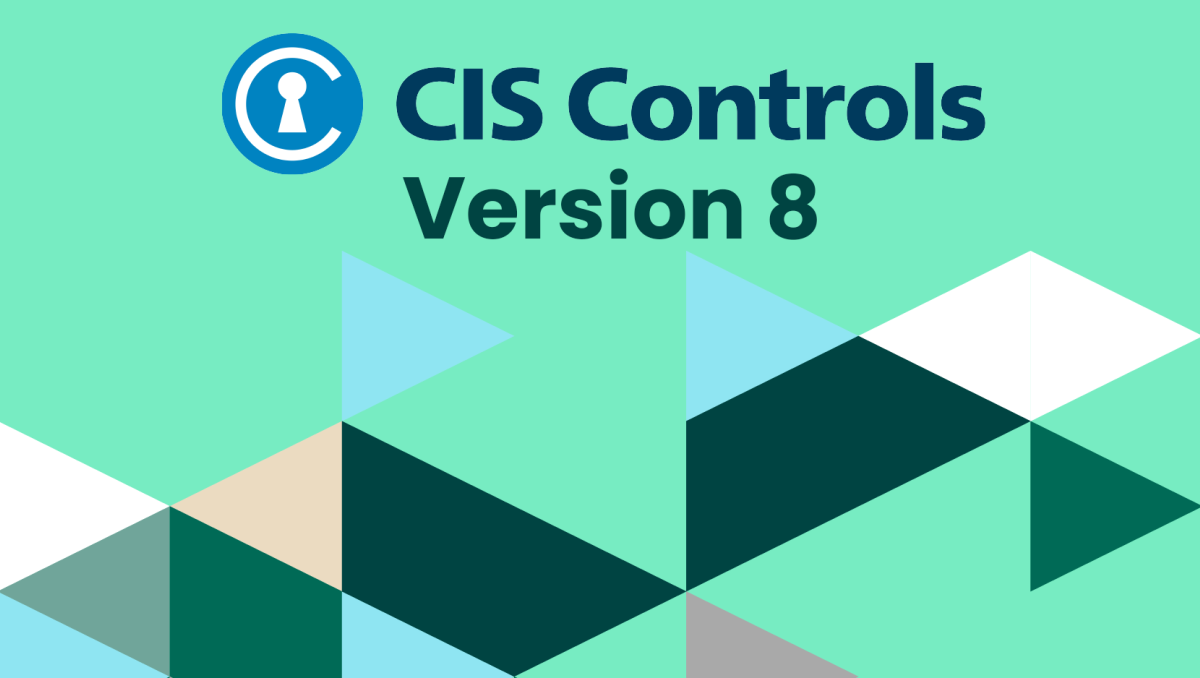- I recommend the Pixel 9 to most people looking to upgrade - especially while it's $250 off
- Google's viral research assistant just got its own app - here's how it can help you
- Sony will give you a free 55-inch 4K TV right now - but this is the last day to qualify
- I've used virtually every Linux distro, but this one has a fresh perspective
- The 7 gadgets I never travel without (and why they make such a big difference)
CIS Control 11: Data Recovery

Data loss can be a consequence of a variety of factors from malicious ransomware to hardware failures and even natural disasters. Regardless of the reason for data loss, we need to be able to restore our data. A data recovery plan begins with prioritizing our data, protecting it while it is being stored, and having a plan to recover data.
Key Takeaways for Control 11
- Prioritize your data and come up with a data recovery plan.
- Protect your backed-up data. (See Control 3: Data Protection.)
- Practice and Test restoring your data.
- Restore your data after any compromise.
Availability of data is part of the triad of cybersecurity—Confidentiality, Integrity, and Availability. We should be able to recover data in an event of data loss but should also be able to recover if we have lost data integrity which may be the case after a security breach with unknown impacts on the system.
Safeguards for Control 11
11.1) Establish and Maintain a Data Recovery Process
Description: Establish and maintain a data recovery process. In the process, address the scope of data recovery activities, recovery prioritization, and the security of backup data. Review and update documentation annually, or when significant enterprise changes occur that could impact this Safeguard
Notes: The security function associated with this safeguard is Govern. Document your plan that includes what is being backed up, how it is protected, and how it will be recovered
11.2) Perform Automated Backups
Description: Perform automated backups of in-scope enterprise assets. Run backups weekly or more frequently, based on the sensitivity of the data.
Note: The security function associated with this safeguard is Recover. Classifying your data can help you determine how often it needs to be backed up.
11.3) Protect Recovery Data
Description: Protect recovery data with controls that are equivalent to the original data. Reference encryption or data separation based on requirements.
Notes: The security function associated with this safeguard is Protect. See Control 3 Data Protection and treat your backups like you would the original data.
11.4) Establish and Maintain an Isolated Instance of Recovery Data
Description: Establish and maintain an isolated instance of recovery data. Example implementations include version-controlling backup destinations through offline, cloud, and/or off-site systems or services.
Notes: The security function associated with this safeguard is Recover. Offline backups are very important for situations like ransomware and other malicious software, and offsite backups are important for disaster recovery. “Offline” backups mean the backup is not accessible via a network connection.
11.5) Test Data Recovery
Description: Test backup recovery quarterly, or more frequently, for a sampling of in-scope enterprise assets.
Notes: The security function associated with this safeguard is Recover. This often-overlooked part of a Data Recovery plan cannot be overstated. Having quality software and hardware for Data Recovery is all for naught if you do not have the skills and experience to use them. Backups for mission-critical infrastructure should be tested on a regular basis. This isn’t just to verify the integrity of the backups. It also ensures that staff has the know-how and experience to restore in a timely matter, as well.
See how simple and effective security controls can create a framework that helps you protect your organization and data from known cyber-attack vectors by downloading this guide here.
Read more about the 18 CIS Controls here:
CIS Control 1: Inventory and Control of Enterprise Assets
CIS Control 2: Inventory and Control of Software Assets
CIS Control 3: Data Protection
CIS Control 4: Secure Configuration of Enterprise Assets and Software
CIS Control 5: Account Management
CIS Control 6: Access Control Management
CIS Control 7: Continuous Vulnerability Management
CIS Control 8: Audit Log Management
CIS Control 9: Email and Web Browser Protections
CIS Control 10: Malware Defenses
CIS Control 11: Data Recovery
CIS Control 12: Network Infrastructure Management
CIS Control 13: Network Monitoring and Defense
CIS Control 14: Security Awareness and Skill Training
CIS Control 15: Service Provider Management
CIS Control 16: Application Software Security

